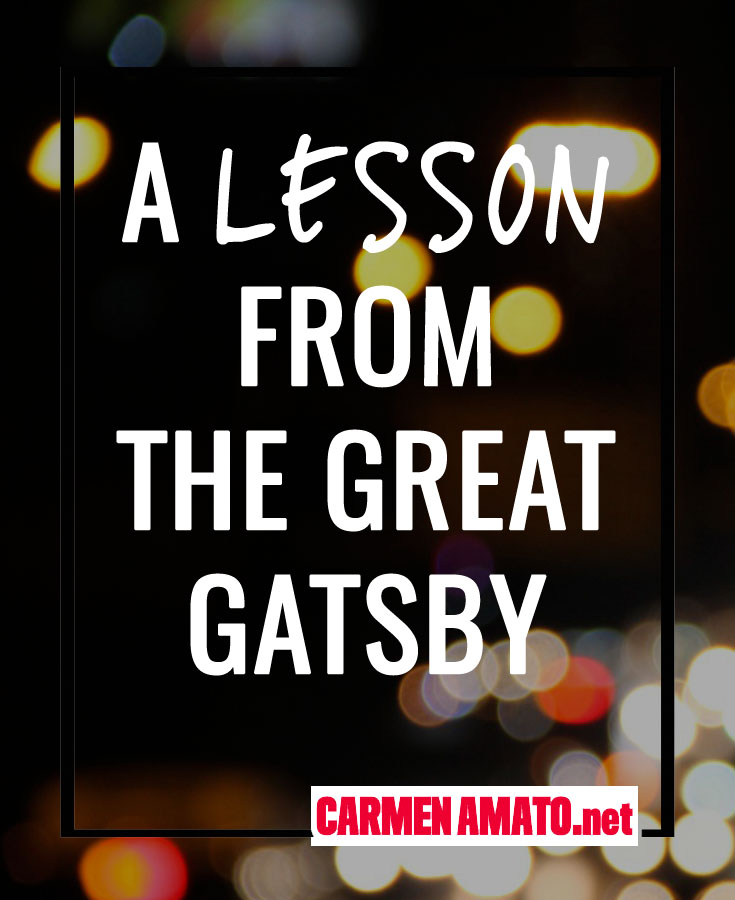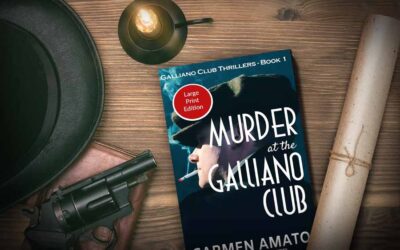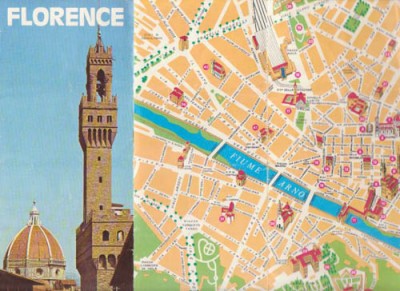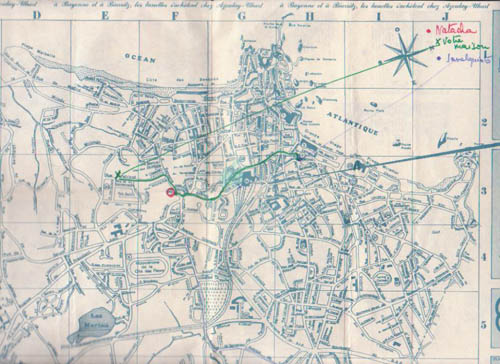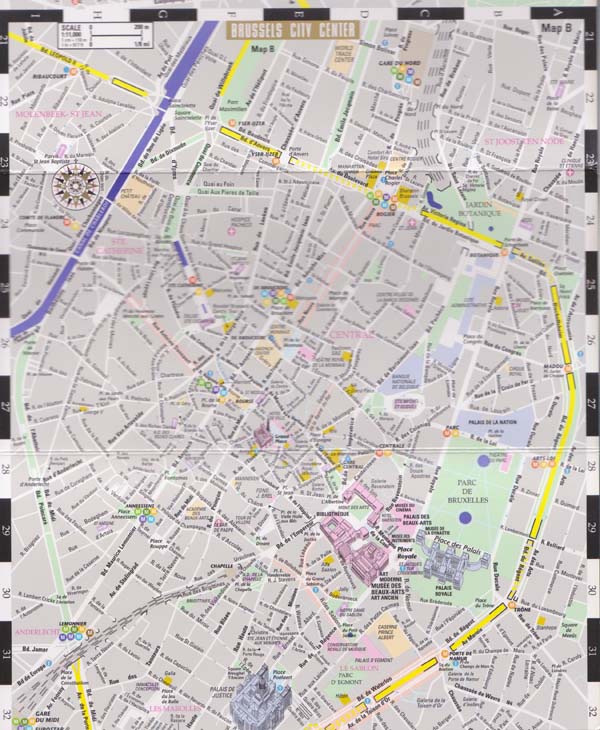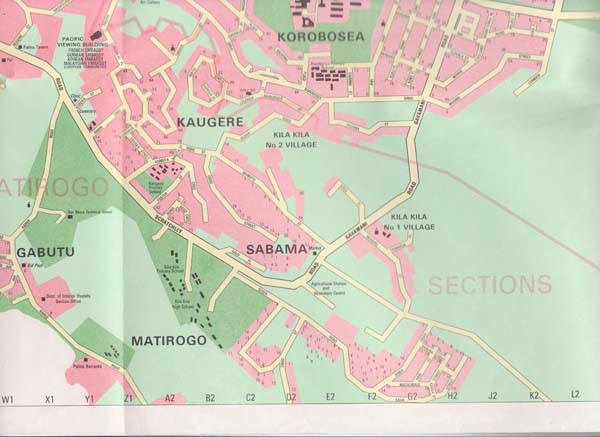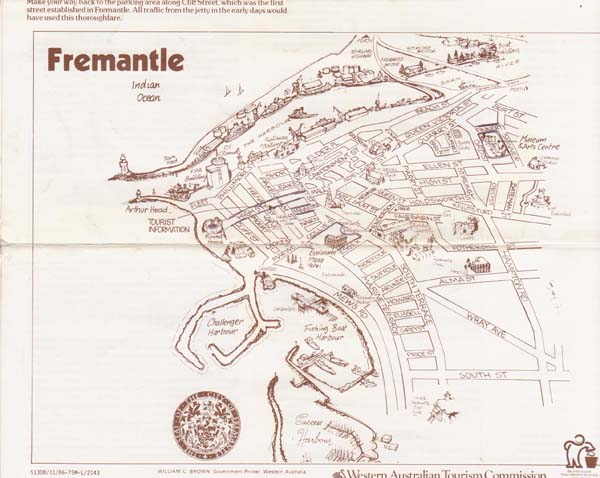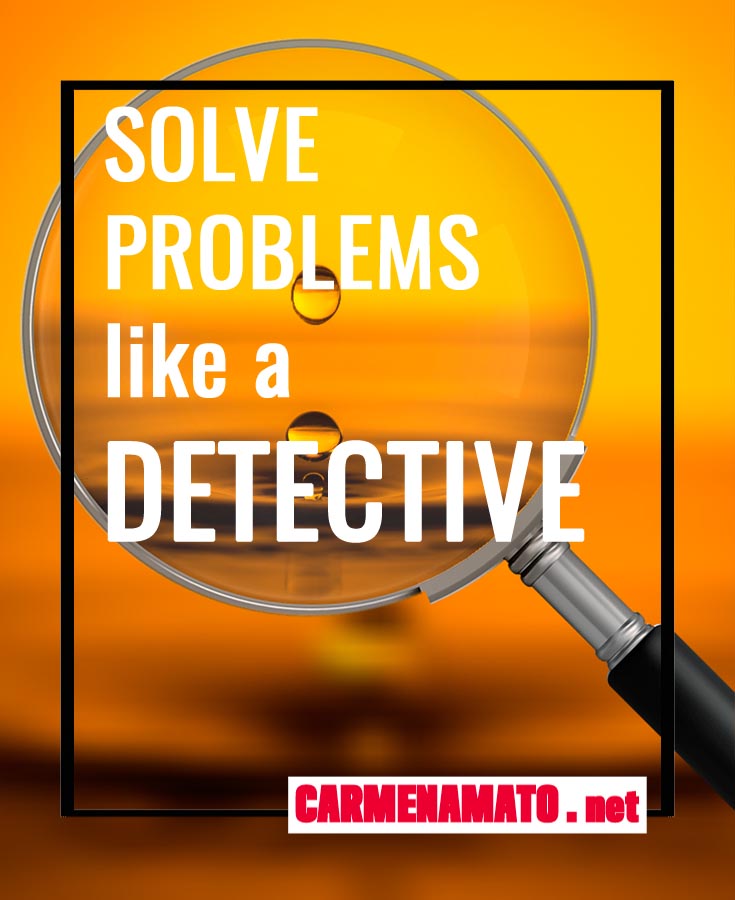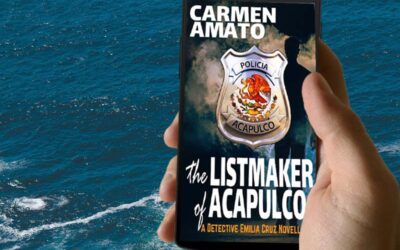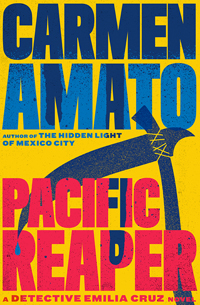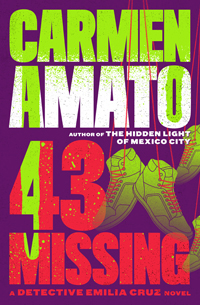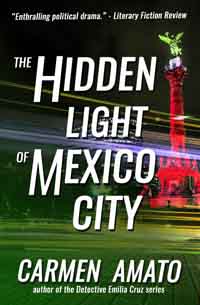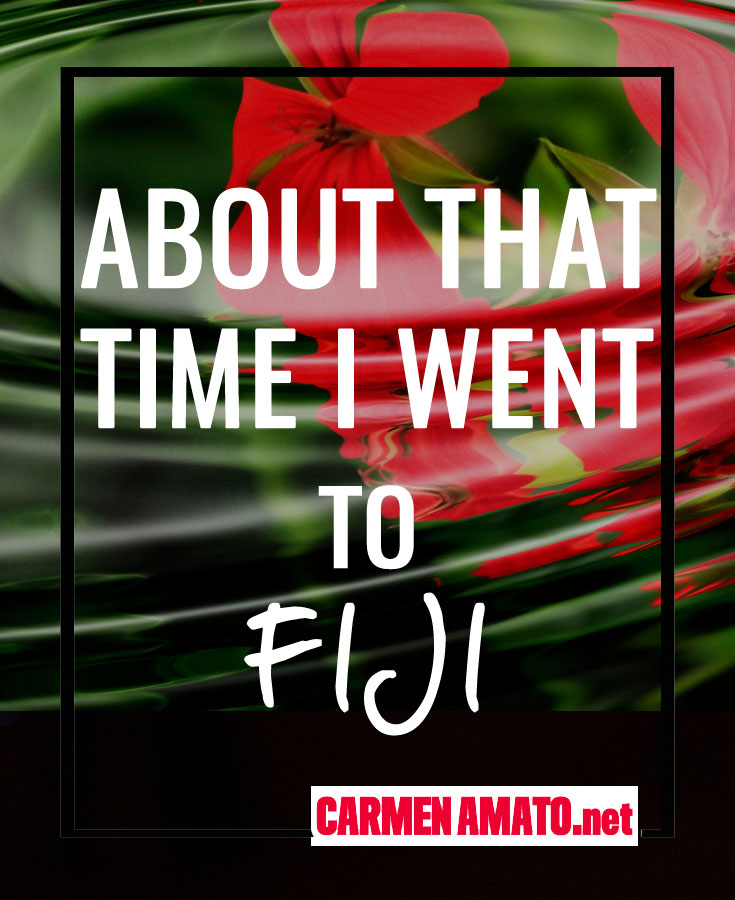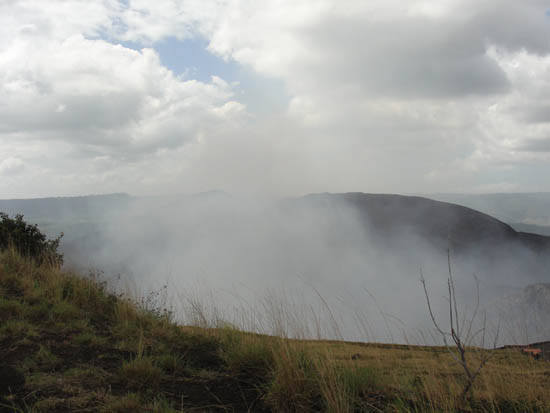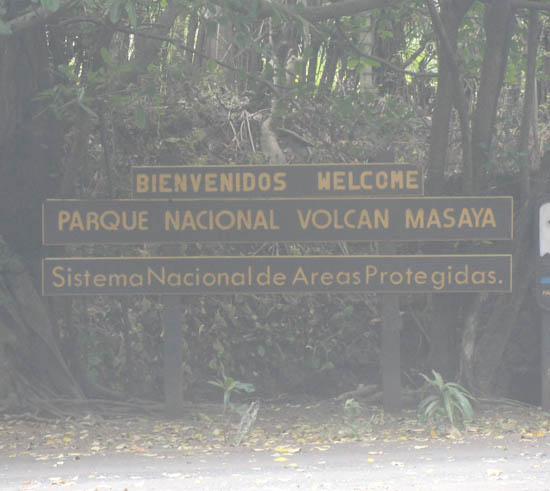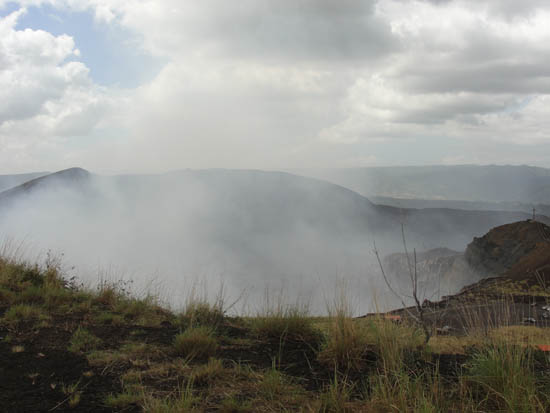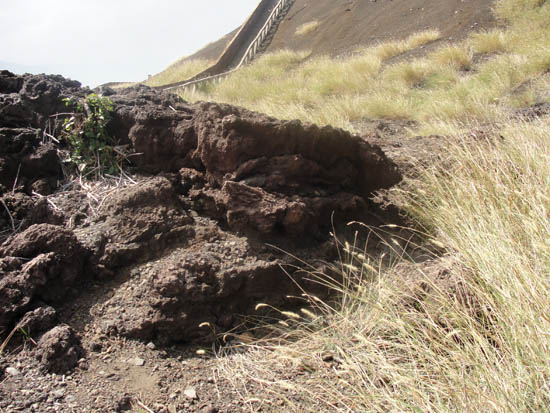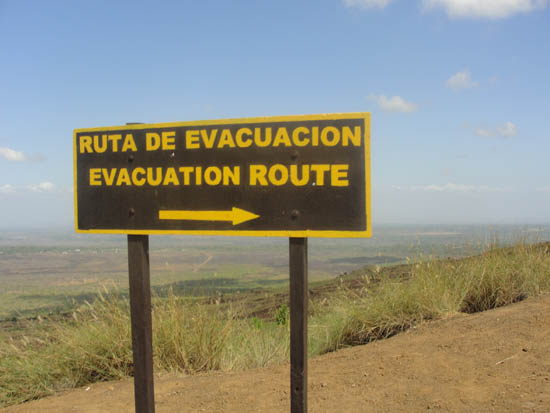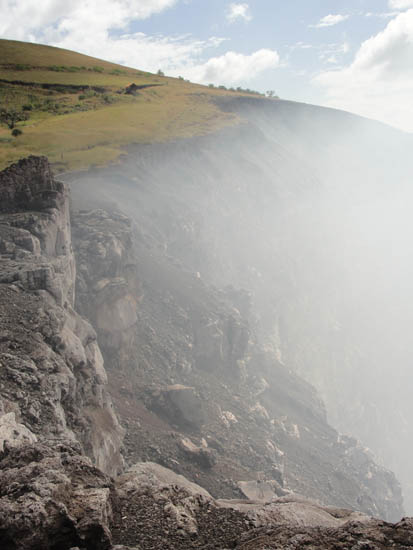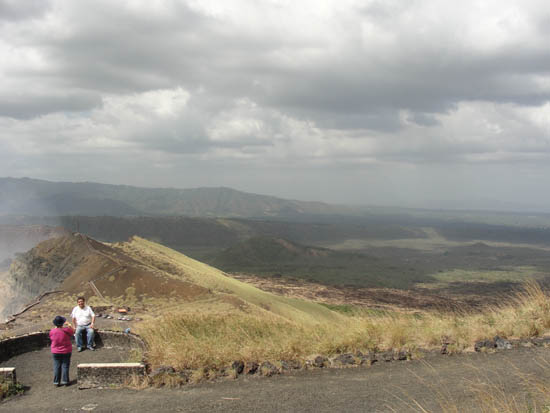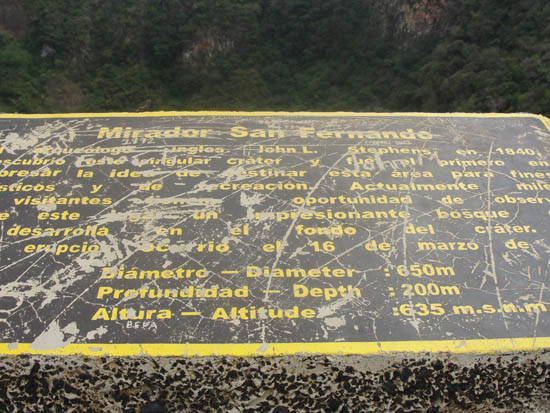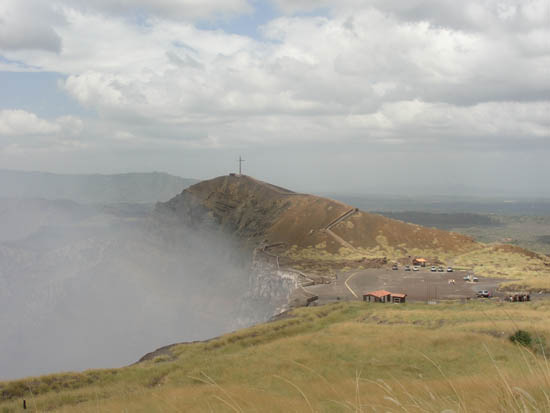THE BONE RECORDS by Rich Zahradnik is a wonderfully edgy “everyman” thriller but don’t expect a...

A Lesson from The Great Gatsby
I never gave much thought to how families talk. How different conversations might be from house to house until we had this little episode in ours.
The argument grew heated. I wanted no part of it.
Theories were picked apart. Voices were raised. Sneers were more than implied.
The Aha Topic
The participants in this discussion were my husband and my daughter. The topic of debate was whether or not THE GREAT GATSBY should be considered one of the iconic books of the 20th century.
I carried the dirty dinner dishes into the kitchen and listened to them talk. I was glad my high school daughter could hold her own in the discussion. My husband, a fairly brilliant man, made no allowances for her age.
They called it a draw, agreeing to disagree, although my husband was less than chivalrous when my daughter and I came home after seeing the new Gatsby movie.
“Aha! You see my point,” he said, or words to that effect. This was a reference to his view that the boy-meets-girl, boy-loses-girl, boy-moons-after-her-for-five-years-and gets-shot-for-his-trouble plot was nothing new. My daughter’s defense of the book was undimmed but our opinion of the movie was that there was too much CGI, too much stylized imagery. It was like too much sickly sweet icing on a good cake.
In short, we agreed with Philip French’s review that appeared in the UK Observer online newspaper.
Back Talk
The Gatsby episode made me think about the way we talk to each other.
Growing up, my extended Italian family talked about people, many of whom were related. It was a mostly closed loop of family gossip and interdependence. We talked about each other, we helped each other, and we talked about helping each other. To this day if my mother has a computer problem she waits for the family member who works in the IT field to come help and then gives me the details over the phone. No Geek Squad for her.
My husband’s family, on the other hand, talks about neutral externals. Presidential campaigns, the local school district, property prices.
Talking Our Own Talk
Somehow my husband and I have come up with our own family norm: in our household we talk Analysis. Even when my kids were small, there was an emphasis on seeing things from different angles, thinking about a breadth of issues, and being able to support opinions. For example, we’d get them to see how a news story is presented differently on CNN, on Fox News, or on BBC World.
It’s a constant steam of critique and debate on any topic. We all have a wide range of interests. More than once I’ve lamented that I live with a house full of lawyers and fact-checkers.
Related post: The Power of Daddy
Will my kids be more prepared than I was for the real world? Undoubtedly. My undergraduate college was full of people with similar backgrounds and college talk was mostly about each other. It wasn’t until I hit graduate school that I realized how exciting it was to be able to sift through information, create my own truly informed ideas and be able to support them. That analytic bent has allowed me to become a mystery author; I can put myself in the shoes of a detective faced with a seemingly unrelated set of clues and do something with them.
If only Gatsby had figured that out. He might have lived to enjoy more cake and less icing.
You may also like
Book Review: THE BONE RECORDS by Rich Zahradnik
Large print edition of the Galliano Club historical fiction thriller series
New! Large print has arrived at the Galliano Club, where trouble is always on tap. Large print...
Book Review: THE SECRET HOURS by Mick Herron
The Secret Hours by Mick Herron is a must-read spy vs spy thriller. Like John le Carré’s A LEGACY...

CARMEN AMATO
Mystery and thriller author. Retired Central Intelligence Agency intel officer. Dog mom to Hazel and Dutch. Recovering Italian handbag addict.
